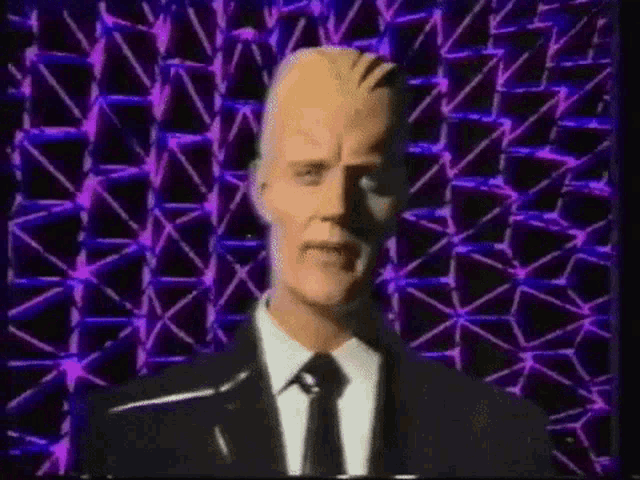
Morton with a sci-fi-obsessed copywriter, George Stone.

“One of the hilarious things for me was when we said Max’s favorite hobby was golf, and you look at this guy with no arms or legs,” said Peter Wagg, a producer, who had paired Mr. His “Blade Runner” meets “Network” back story had been detailed in a lavishly produced introductory telefilm: after an accident, the telejournalist Edison’s personality is downloaded to a computer as a precaution. He first appeared as the sassy host of “The Max Headroom Show,” a music video series on Channel 4, at the time a fledgling network.

The show, datelined “20 minutes into the future,” stirs together future-shock speculation with contemporary influences: roving live broadcasts, cyberpunk, MTV, camera-ready Reagan-like artifice, television evangelism, video art and the thousand-channel universe.Īmerica is the usual representative for such dystopia, but Max was born in Britain.

The series, to be released on DVD by Shout! Factory, follows Network 23’s star reporter, Edison Carter (Matt Frewer, who also played Max), through a corporate-ruled wasteland where new technology beget new forms of abuse. Max was really an actor wearing prosthetics, and that illusion epitomizes the television-mad future in the show. Max Headroom, the slick yet glitchy talking-head of the 1980s ABC series, looked like an early computer animation come to life: a chiseled-face plastic man in shades and ultraflat suit, jabbering in front of shifting geometric rays that evoked a broken television (or the arcade game Tempest). TODAY’S blockbusters strive to mimic reality with seamless computer-generated imagery, but for one defining television chatterbox of an earlier era, the resemblance went in the other direction.


 0 kommentar(er)
0 kommentar(er)
